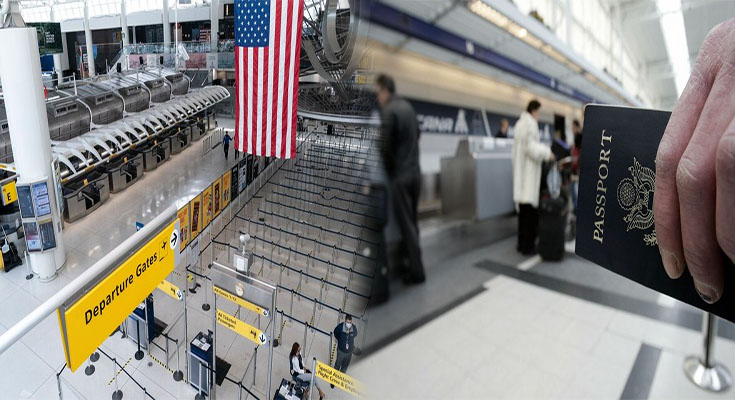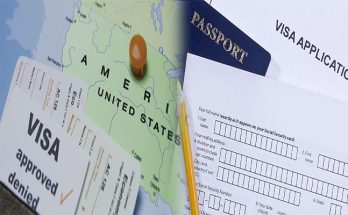Travel advisories issued by the State Department provide valuable information for travelers to assess potential risks and make informed decisions about their trips. With changing global conditions, it is crucial to understand how to interpret these advisories for specific countries to prioritize safety while traveling. Here’s a comprehensive guide on navigating new State Department travel advisories for different destinations:
1. Levels of Travel Advisories:
The State Department categorizes travel advisories into four levels based on the security situation in a particular country:
- Level 1: Exercise Normal Precautions
- Level 2: Exercise Increased Caution
- Level 3: Reconsider Travel
- Level 4: Do Not Travel
2. Risk Factors Considered:
When evaluating travel advisories, the State Department considers various risk factors, including political instability, crime rates, terrorism threats, natural disasters, and health concerns. Understanding the specific risks associated with each country can help travelers assess the level of caution required.
3. Guidance on Safety and Security:
Each travel advisory provides detailed information on safety and security concerns in the country, such as regions to avoid, criminal activities to be aware of, and emergency contact information for U.S. citizens. Travelers should review this guidance carefully before planning their trip.
4. Updates and Alerts:
State Department travel advisories are regularly updated to reflect changing conditions in different countries. Travelers are advised to sign up for the Smart Traveler Enrollment Program (STEP) to receive alerts and notifications about specific destinations and stay informed about any developments that may affect their travel plans.
5. Additional Resources:
In addition to travel advisories, the State Department offers other resources for travelers, including country-specific information sheets, tips for safe travel, and emergency assistance for U.S. citizens abroad. Utilizing these resources can help travelers better prepare for their trips and respond effectively to unexpected situations.
6. Independent Research and Local Sources:
While State Department travel advisories offer valuable insights, it is also essential for travelers to conduct independent research and consult local sources for up-to-date information on the ground. Local news outlets, government websites, and travel forums can provide valuable insights into the current situation in specific countries.
By understanding how to navigate new State Department travel advisories for specific countries, travelers can make informed decisions about their travel plans and take necessary precautions to ensure a safe and enjoyable experience. Prioritizing safety and staying vigilant while traveling is key to a successful and memorable trip to any destination.





